- Call us: 01444 237070
- Contact Us
- Stores
- Sign In / Register
-
- Back
- Used Cameras
- Used Lenses
- Used Video
- Used Film Equipment
- Used Stock Alert
- Used Accessories
- Recently Added Used Equipment
- Used Clearance
- Faulty
- Park Picks
- Sell or Part Exchange
- Trade-In
- Blog
- New in
- Call us
- Contact us
- Stores
- Sign in
- Categories
- Tips & Inspiration
- Reviews
- News
- Events
- Features
- Buying Guides
- Competitions
Tips on how to Photograph Motion
Photographing motion can be an exciting way to challenge your photography and push your creativity by experimenting with new ideas. Whether you want to freeze action, create intentional motion blur, or capture dynamic panning shots, understanding the techniques involved can help you achieve stunning results.
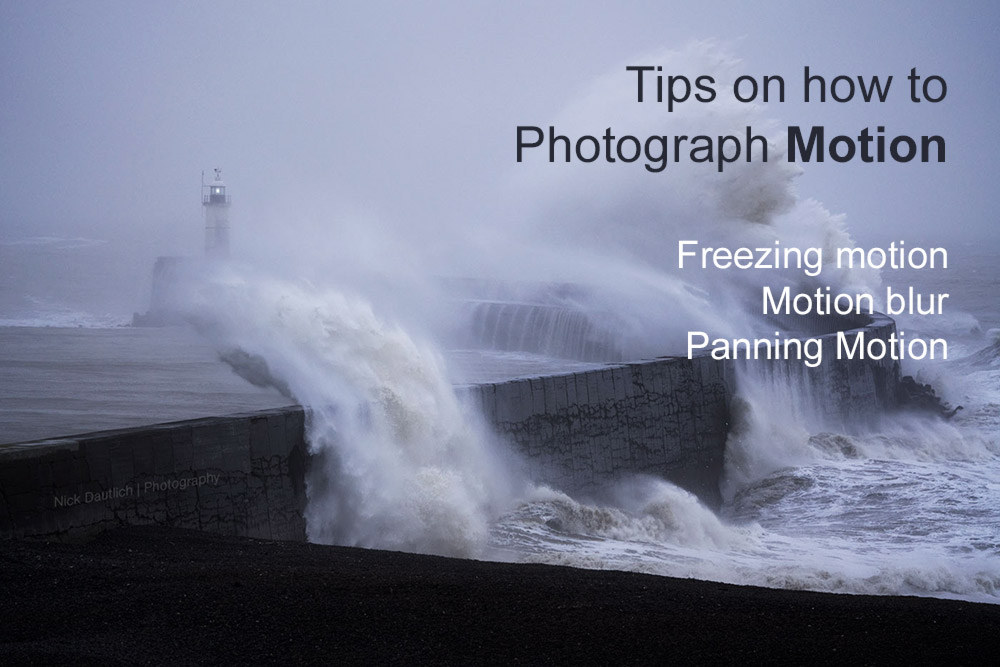
In this photography tips and inspiration article we explore various methods to capture motion and provide practical tips on how to photograph motion, along with some useful accessories you can use, so you can go out and capture your own killer shots.
In crazy exciting news, you can Win a Sony A7 IV camera by entering our joint competition with Sony featuring your best motion photograph. With that in mind, let’s dive in and explore some ideas to help you win.
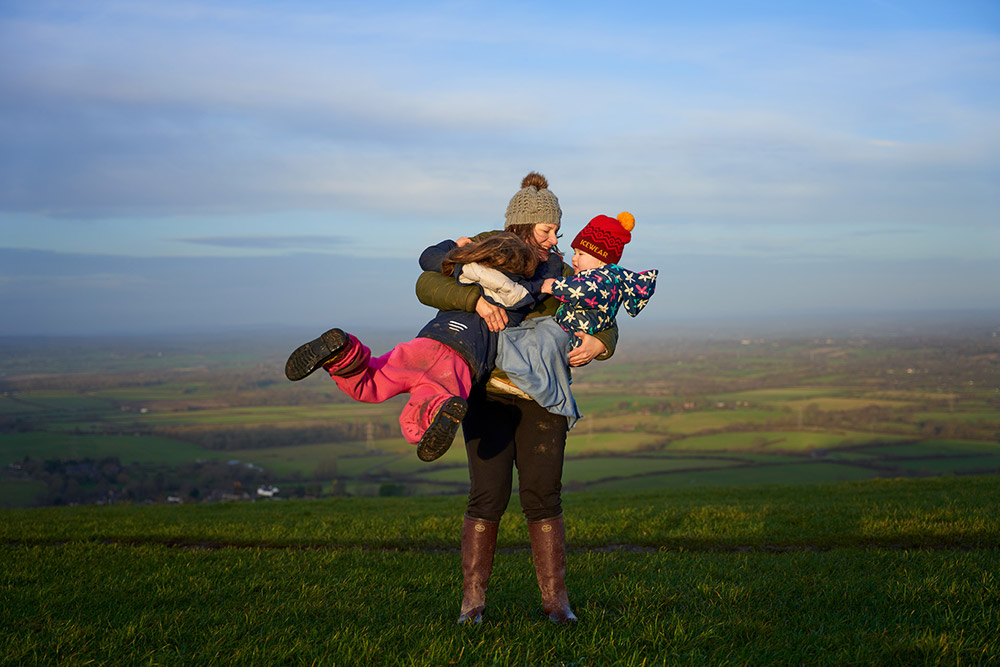
I was able to freeze the motion in this family photo by shooting at a fast shutter speed of around 1/1000 sec.
Tips for Freezing Motion
Freezing motion refers to capturing a subject in sharp detail, freezing the action at a specific moment. To achieve this, consider the following tips:
- Use a fast shutter speed: Set your camera to a high shutter speed to freeze the subject's motion.
- Adjust ISO and aperture: Increase ISO for better exposure and choose a wide aperture to let in more light.
- Use burst mode: Capture a series of shots in quick succession to increase the chances of capturing the perfect moment.
Subjects that are suitable for freezing motion include sports activities such as running, jumping, or cycling, wildlife in action like birds in flight or animals on the move. Fast-moving vehicles like cars or motorcycles, and any other dynamic moments where capturing the precise details and sharpness of the subject in motion is desired.
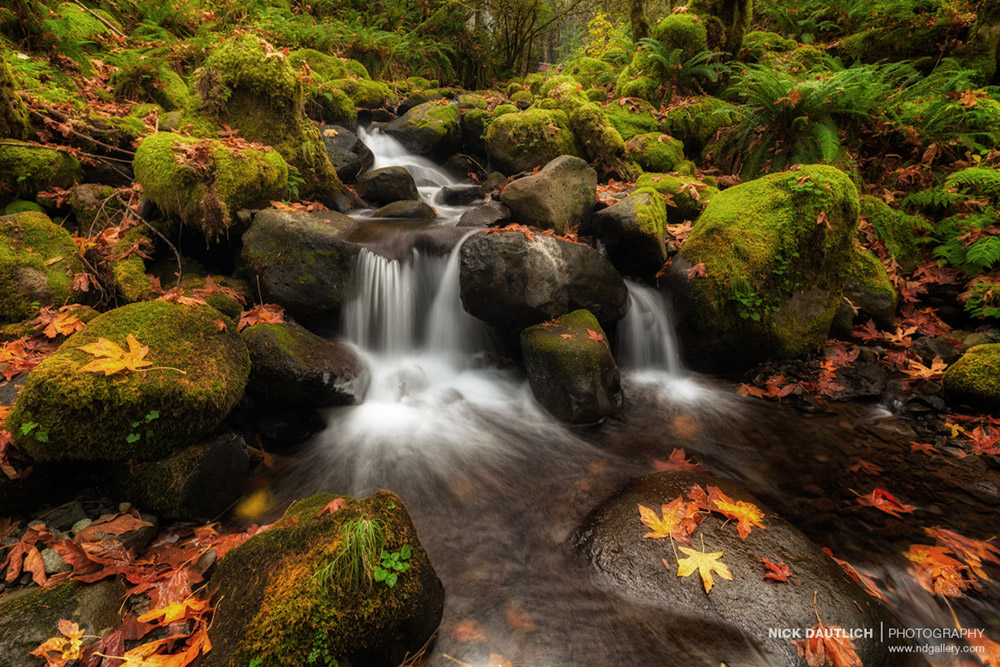
This image show motion blue in the stream water, which was captured by using a slow shutter speed and a tripod!
Tips for Capturing Motion Blur Photography
Motion blur creates a sense of movement by intentionally blurring the subject. To capture motion blur uses some opposite techniques to freezing motion:
- Use a slow shutter speed: Set a slower shutter speed to allow the subject's movement to be captured as a blur.
- Stabilise your camera: Use a tripod or steady your hands to avoid camera shake, as any movement besides the subject can result in unwanted blur.
- Experiment with different shutter speeds: Vary the shutter speed to achieve the desired amount of blur.
- Long exposures: Using ND Filters For Long Exposure Photography is a great way to show motion blur in your images, whether clouds, waves or long grasses blowing in the wind.
Motion blur is particularly effective when applied to subjects that exhibit dynamic movement or convey a sense of speed. It is commonly used in sports photography to capture the fluidity and energy of athletes in action, such as runners, cyclists, or swimmers.

Another example of how motion blur makes a scene more dynamic with flowing water, in a technique with ND filters and slow shutter speeds, which is widely used by landscape photographers.
Moving vehicles, such as cars, trains, or bicycles, also lend themselves well to motion blur, as it enhances the sense of motion and speed. Additionally, any subject that involves repetitive or continuous movement, such as flowing waterfalls, bustling crowds, or dancing performers, can be compelling when captured with a deliberate motion blur effect.
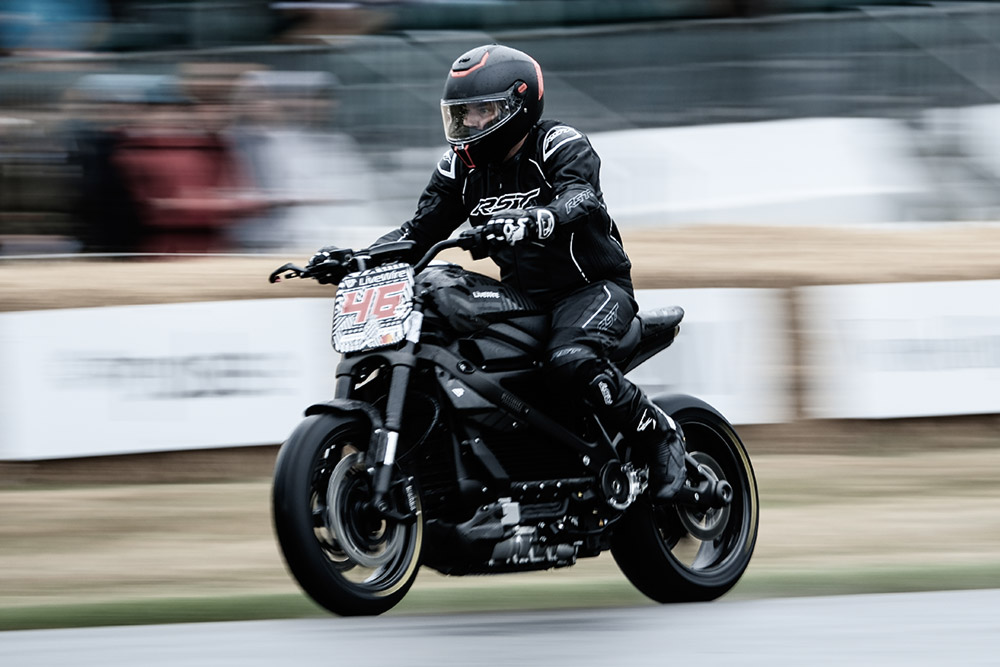
Blurring the background with a panning motion helps to create a dynamic racing shot of this motorbike
How to Capture Panning Motion
Panning involves tracking a moving subject while keeping it in focus and blurring the background. Follow these steps for successful panning shots:
- Select a slow shutter speed: Choose a speed that will allow you to capture the subject in motion while blurring the background.
- Track the subject: Move your camera along with the subject's movement, keeping it in the same position within the frame.
- Use continuous autofocus: Enable continuous autofocus mode to ensure the subject remains sharp as you pan.
- Use lens stabilisation modes: Some telephoto lenses offer different stabilisation modes including one for panning. Check the lens barrel to see if yours has this feature, which will compensate for movement that is perpendicular to the panning direction.
Subjects that are suitable for panning motion include moving vehicles such as cars, motorcycles, or bicycles, sports activities like running or racing, wildlife in motion such as birds in flight or animals running, and any other subjects that have a clear and defined path of movement.
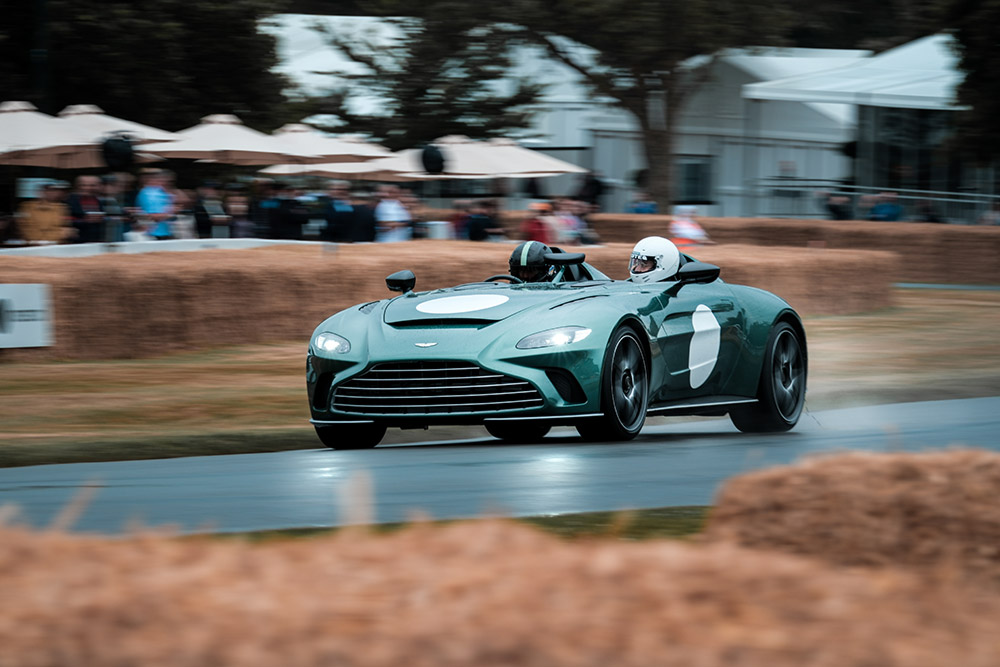
Another panning motion example with a race car
Panning motion allows photographers to capture a sense of speed and dynamism by tracking the subject's movement while keeping it in focus, creating a sharp subject against a blurry background.
Showing Motion with Time-Lapse
Time-lapse photography captures the passage of time by condensing it into a series of still images. Here's how to create compelling time-lapse sequences:
- Plan your sequence: Choose an interesting subject or scene that undergoes noticeable changes over time.
- Use an intervalometer or built-in time-lapse function: Set the desired interval between shots to capture the passage of time.
- Maintain a consistent exposure: Consider using aperture priority mode to keep the exposure consistent throughout the sequence.
Time-lapse photography is well-suited for capturing subjects that undergo slow and gradual changes over an extended period of time. It is commonly used to document the movement of clouds, the blooming of flowers, changing colours of the sky during sunrise or sunset, the construction or demolition of buildings, and the bustling activity of urban landscapes.
Time-lapse allows photographers to condense hours, days, or even months of activity into a short sequence, revealing the passage of time and creating visually captivating results.
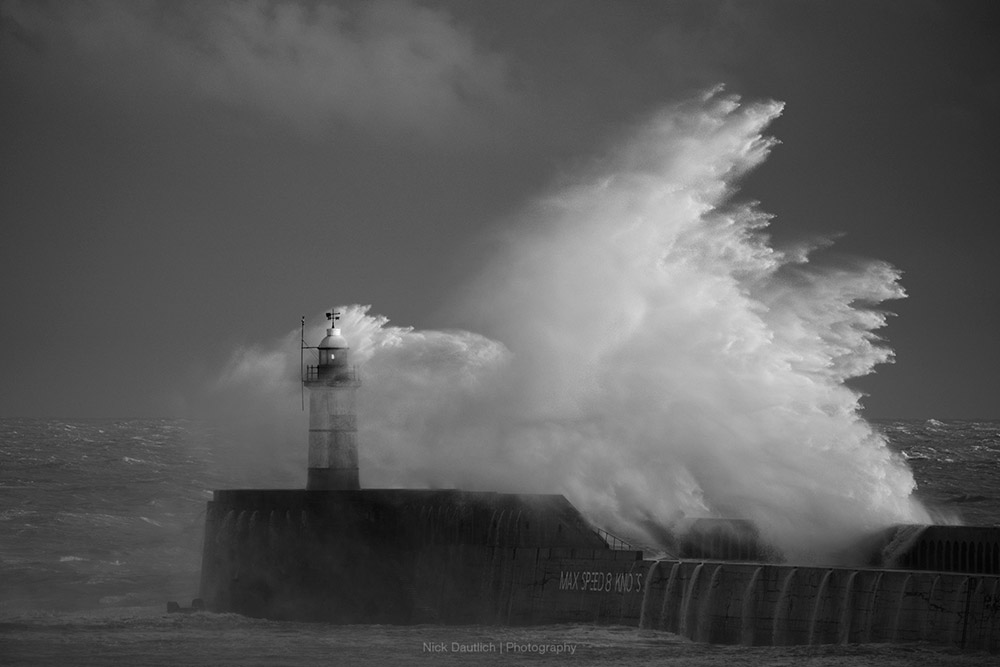
Freezing wave motion with a fast shutter speed while using black and white photography to create drama
Useful accessories for capturing motion photos
When it comes to capturing motion in photography, there are several accessories that can enhance your results.
- One of the essential tools is a tripod, which provides stability and eliminates camera shake, especially when using slower shutter speeds. It helps ensure sharp images while allowing you to experiment with longer exposures for motion blur effects. Additionally, a monopod offers a more portable alternative, providing stability and flexibility for capturing action on the go.
- Lens filters can also play a crucial role in capturing motion. Neutral Density filters (ND) are particularly useful as they reduce the amount of light entering the lens, allowing for longer exposures even in bright conditions. This can help create motion blur effects or smooth out water and clouds. Polarising filters on the other hand, can reduce reflections and enhance colour saturation, making them useful for capturing dynamic scenes with vibrant colours. Make sure you buy the correct filter size for your lens, and use stepping rings for added versatility.
- For subjects in fast motion, consider using high-speed continuous shooting mode and a fast memory card to capture a series of images in quick succession. This allows you to select the perfect frame that encapsulates the desired motion. Understanding memory cards is useful when choosing a new one, especially when you want specific functionality or speeds from a card.
- Wireless remote triggers or cable releases can also be beneficial, enabling you to trigger the camera without touching it, further minimising any potential camera shake.
- Lastly, if you're working with subjects that require precise tracking and panning, a gimbal or a specialised tripod head with smooth movement capabilities can be invaluable. These accessories provide fluid motion control, allowing you to track subjects smoothly and capture them in sharp detail against a blurred background.
Remember, the choice of accessories depends on the specific type of motion you intend to capture and your creative vision. Experimenting with different tools can help you achieve the desired effects and elevate your motion photography.
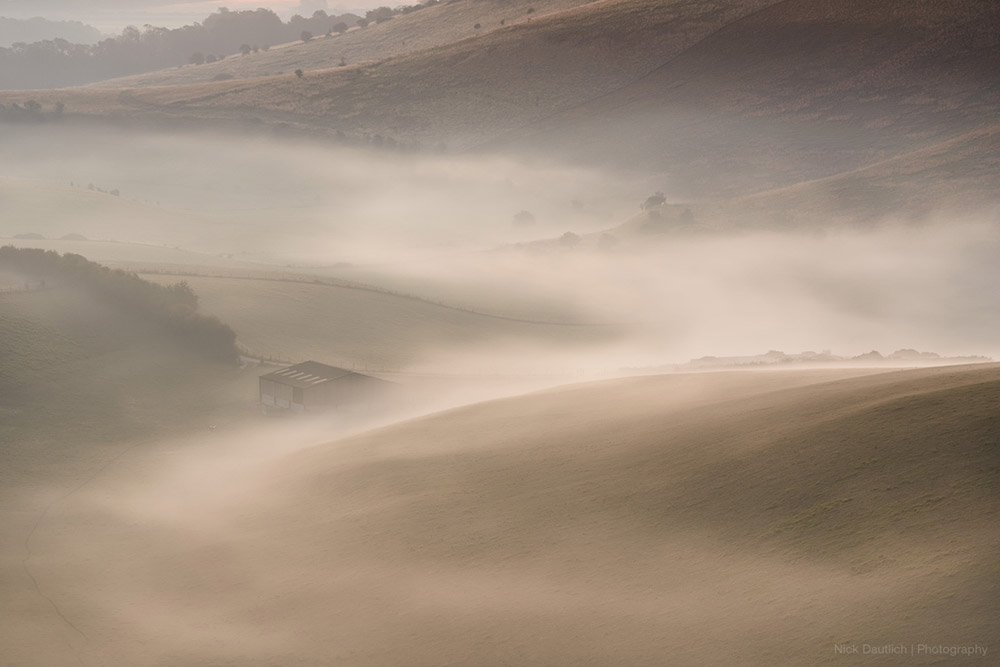
I used an ND filter for this landscape photo in order to blur the motion of fog and create a more ethereal scene
Master the Art of Capturing Motion in Photography | Tutorial Tuesday video
Capturing motion allows you to convey movement, energy and emotion all in a single frame, and can be a great storytelling device whether you're photographing sports, wildlife or just want to get creative. Watch Gareth's tips here:
Summary
Capturing motion in photography opens up a world of creative possibilities. Whether you want to freeze action, create motion blur, pan with a subject, or create mesmerising time-lapse sequences, understanding the techniques and experimenting with different settings will help you achieve impressive results. Remember to practice, be patient, and embrace the unexpected moments that motion photography can bring.
Remember to head over to our competition for a chance to win a Sony A7 IV Digital Camera With FE 28-70mm Lens Kit with your best ever Motion shot!
Sample panning motion from Goodwood all taken with the Fujifilm X-H2S camera and Fujifilm XF 150-600mm F/5.6-8 R LM OIS WR Lens.
Share this post:
By Nick Dautlich on 19/06/2023

Trade in your old equipment
Fast and easy trade in service ensures your old gear is collected efficiently and you are paid quickly! It's very simple to trade in your unwanted photography gear. Just head over to our dedicated Sell or Part Exchange page, fill out the details, and we'll get back to you with an offer for your old gear. Take the cash, or put it towards the cost of your new gear. It's up to you! Find out more
sign up to the newsletter
Keep up to date on the latest photography news, events and offers. Sign up now
